New York State is preparing to distribute $4.2 billion to communities statewide, and Long Islanders must begin to make an aggressive push for that money.
Voters statewide approved the 2022 Clean Water, Clean Air and Green Jobs Environmental Bond Act by a more than 2:1 margin. Here in Suffolk County, our residents approved the referendum 64-36%.
 During a listening tour event on Thursday, Aug. 24, state officials outlined their plans for dispersing the funds. Qualifying projects include flood mitigation, marshland restoration, stormwater infrastructure, farmland protection, open space preservation and much more.
During a listening tour event on Thursday, Aug. 24, state officials outlined their plans for dispersing the funds. Qualifying projects include flood mitigation, marshland restoration, stormwater infrastructure, farmland protection, open space preservation and much more.
Here in Suffolk County, we are experiencing all of these issues.
Vulnerable waterfront properties along the North Shore are increasingly at risk from harmful erosion at our bluffs. Low-lying areas are at ever-greater risk of flooding, compounded by more frequent and intense precipitation events and outdated stormwater infrastructure.
Too often, commercial corridors are developed with little or no community giveback. Consequently, communities along major state routes — such as 25 and 347 — are suffocated by overcommercialized lots with limited access to parks or recreation space.
Meanwhile, the few remaining farmlands and open spaces are in constant danger of deforestation, development and displacement.
This $4.2 billion state bond package represents a much-needed pool of cash that can help offset these regional trends. And while the state has committed to directing 35-40% of the pot to disadvantaged communities, competition for the remaining chunk of the pie will be even fiercer.
Residents and officials across Long Island have grown increasingly frustrated and alienated by our state government in Albany. Getting our hands on some of these funds could begin the path toward reconciliation.
Throughout the Aug. 24 meeting, the state officials present emphasized the collection of public input as a necessary component for identifying new projects. That is why we must all take the time to scan the code above and share the climate challenges we face. The survey remains open until Sept. 13.
Whether our particular hamlet or village is experiencing worsening flooding, heightened coastal erosion, limited open space or any other environmental hardship, we must take the time to alert the state and request funding.
The potential to tap into $4.2 billion doesn’t come around often. This money represents a generational opportunity to remediate some longstanding issues and counteract our regional decline. We cannot afford to squander this moment.
Let’s scan this code and share the extent of our challenges here at home. Let’s scan the code and tell our state government how desperately our community cares about and needs this funding.
Let’s all scan this code because our community’s future welfare and prosperity depend on how we act today. From the North Shore to Albany, may the voices of our people ring loudly.





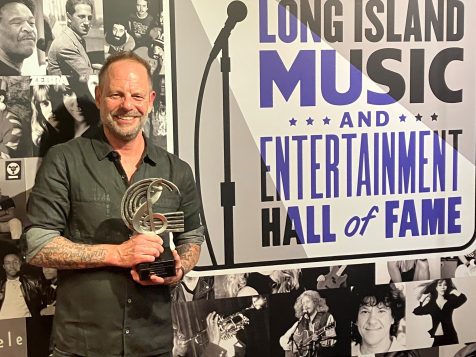




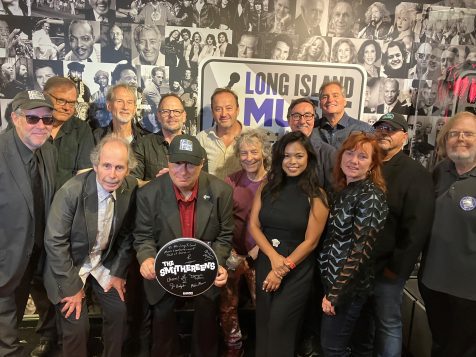
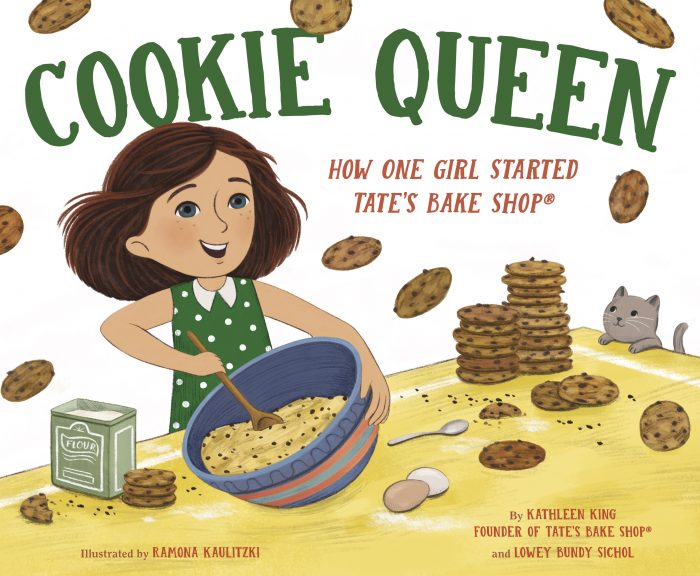





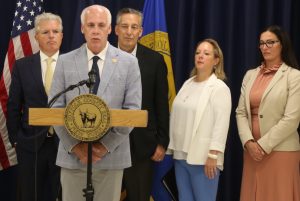


 While the book delves into the history of the island, the house, and the lake, Two Faces of the Moon is, first and foremost, a tale of family. McGrath’s vivid, distinctly raw prose recalls the opening line of Tolstoy’s Anna Karenina: “Happy families are all alike; every unhappy family is unhappy in its own way.” She alternates between the 2001 narrative in present tense and musings on her parents’ lives. The intersection creates friction that leads to constant sparks of insight.
While the book delves into the history of the island, the house, and the lake, Two Faces of the Moon is, first and foremost, a tale of family. McGrath’s vivid, distinctly raw prose recalls the opening line of Tolstoy’s Anna Karenina: “Happy families are all alike; every unhappy family is unhappy in its own way.” She alternates between the 2001 narrative in present tense and musings on her parents’ lives. The intersection creates friction that leads to constant sparks of insight.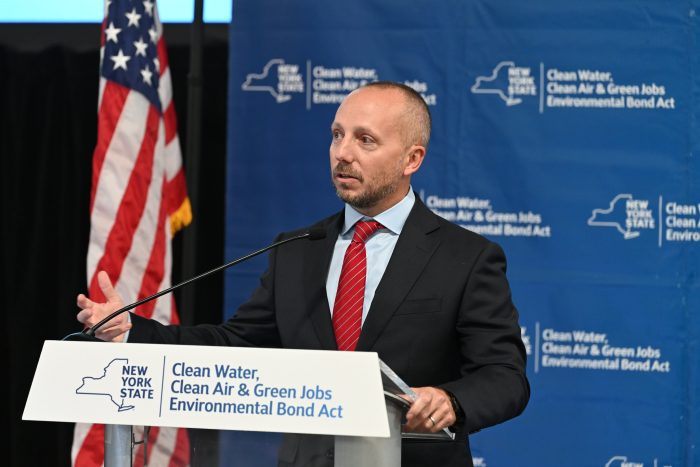




 YIELD: Makes 12 servings
YIELD: Makes 12 servings


